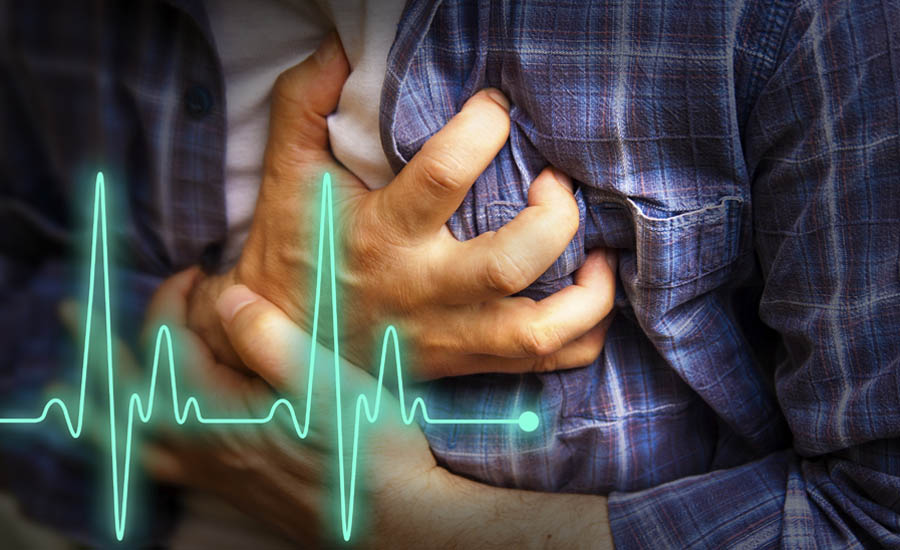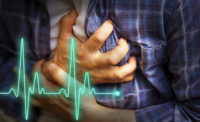This summer: Learn how to save a life

If someone in your household has a cardiac arrest emergency, will you be able to perform cardiopulmonary resuscitation (CPR)? If you can, you’ll triple your loved one’s chance of survival. Of course a cardiac arrest can happen anywhere, but 70 percent of them occur in homes.
During this, National CPR & AED Awareness Week, the American Heart Association (AHA) is urging people to learn how to perform CPR and use an automated external defibrillator (AED). The goal: to double the rate – by 2020 - at which bystanders act in a cardiac arrest emergency. Currently, only about 46 percent of people who experience an out of hospital cardiac arrest receive the immediate help that they need before professional help arrives.
CPR, especially if performed immediately, can triple a cardiac arrest victim’s chance of survival. Summer is a great time to learn this lifesaving skill.
| Do you know the difference between a heart attack and cardiac arrest? Scroll down to learn what it is. |
Traditional CPR, which included tilting the head, pinching the nose and blowing into the mouth, is viewed as complicated by some.
In 2009, the AHA launched a nationwide hands-Only CPR campaign to raise awareness of a simpler version, one that involves pushing hard and fast at the center of the chest to the beat of the song “Stayin’ Alive” – but no blowing into the mouth.
Since 2012, nearly 10.1 million people have been trained in Hands-Only CPR via events, training kiosks and video education - with the support of the Anthem Foundation.
Want to learn CPR? The AHA has a Find a Course tool to locate an AHA Training Center in your area that offers classroom and skills sessions.
Heart attack v. cardiac arrrest: The term "heart attack" is often mistakenly used to describe cardiac arrest. While a heart attack may cause cardiac arrest and sudden death, the terms don't mean the same thing. Heart attacks are caused by a blockage that stops blood flow to the heart. A heart attack (or myocardial infarction) refers to death of heart muscle tissue due to the loss of blood supply, not necessarily resulting in the death of the heart attack victim.
Looking for a reprint of this article?
From high-res PDFs to custom plaques, order your copy today!





